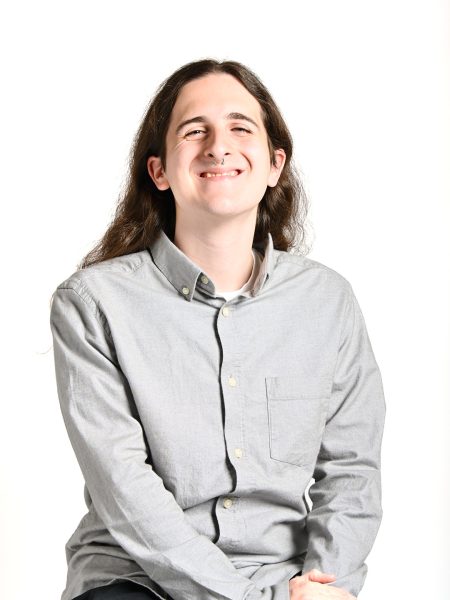In early August, Pittsburgh Regional Transit (PRT) announced significant changes to major bus routes. As posted at bus stops on affected routes, the PRT states that “Starting Sunday, October 1, 2023, the 61D, 71A, 71C, and 71D will no longer serve uptown and downtown Pittsburgh.” With these routes being important ways for those reliant on public transit to get around the city, there has been immense pushback from the public. According to Pittsburghers for Public Transit, who describe themselves as “a grassroots union of transit workers, and neighbors,” more than 100 people took part in an informational meeting hosted by PRT on the 12th to voice their concerns.
Among one of the most prevalent concerns at the meeting was how something advertised as an upgrade is reducing service. The PRT seems to have forgotten what they need for this to work: drivers.
And yet this seems to not be of major concern to them.
Now, is PRT somehow unaware of this issue? No, as they have been communicating about driver shortages seemingly since the beginning of the pandemic, citing the issue as a contributing factor to the major service cuts to the bus lines previously mentioned. Having less routes will help free up drivers, sure, but it is hard to imagine that PRT can guarantee the bus rapid transit line will be running as efficiently as they have advertised when they are constantly short-staffed. I know the solution isn’t as simple as saying, “hire more drivers,” but for this system to work well, they need more operators and there is no denying it.
Even without the looming problem of driver shortages, the bus rapid transit plan is flawed.
For one, it advertises itself as the “University Line,” because of its planned fast service to Pitt, CMU, and Carlow. But where does Point Park and even Duquesne stand in this plan? We – along with Duquesne – deserve to benefit from this new line. Instead, we are losing access to public transit lines in the same year that we finally have been given university-provided passes. To call that a slap in the face to those who use public transit is a serious understatement. Granted, there are still plenty of lines that service downtown and can take riders to the same destinations as those being cut. However, this is not the case for every route. For instance, it is now a greater hassle for those living downtown to get to the Waterfront via the 61D, the only alternative routes being the 53L and the 57 which run sparsely at best compared to the 20-30 minutes per bus with the 61D. This is especially unfortunate given that we no longer have shuttle buses to the Waterfront.
If reliability and speed is something that the University Line is supposed to have, and if there are not enough drivers to promise it, then I am worried about how this system will function once it is completed. Robbing downtown of important bus routes is one negative, but to tear up multiple blocks of the Hill District for the construction of a line that doesn’t guarantee good service? That does not give me much faith in this project.



